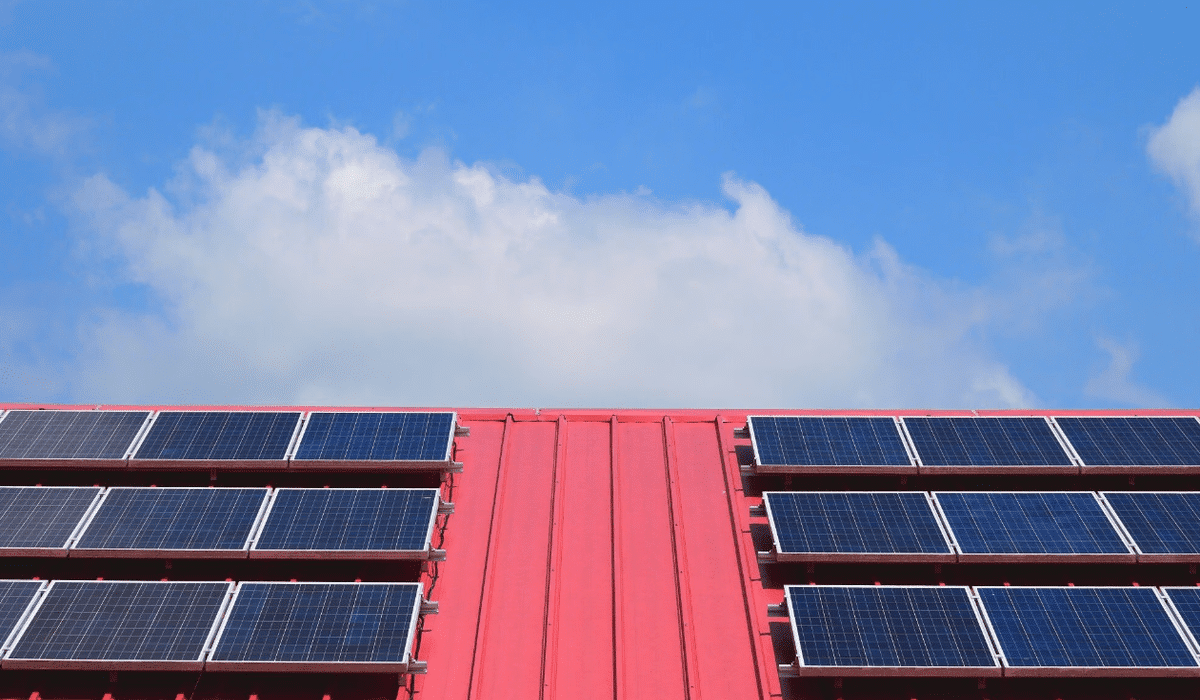Table of Contents
If you’re in the market to invest in renewable energy, solar is an amazing choice. However, one of the questions that a lot of people have is, “How many solar panels can I fit on my roof?”
While that question may seem easy to answer on the surface, there’s more to the story. It all depends on a number of factors.
Luckily, you’ve come to the right place. In this article, we’ll go into detail on all about solar how many solar panels you can fit on your home, and why. Read on to discover more information!
Evaluating Your Roof’s Solar Potential
Before installing solar panels on your roof, it’s essential to check their solar potential. Start by considering its orientation towards the sun and the amount of unshaded space available. South-facing roofs generally receive the most sunlight throughout the day. East and west-facing roofs can also work well but might generate less energy.
When considering solar panels for your roof, check for any shading from trees or nearby buildings, as it affects panel efficiency. Assessing your roof’s solar potential will help determine how many panels can fit and optimize renewable energy benefits for your home.
Determining Available Roof Space
To determine how many panels can fit on your roof, start by measuring the available space. Consider the shape, orientation, and dimensions of your roof. A south-facing roof receives the most sunlight and is ideal for solar panel installation. You’ll need to account for any vents, chimneys. However, other obstacles that may limit panel placement.
Solar panels come in different sizes, so calculate the total area needed based on their dimensions. You can determine the greatest number of solar panels your roof can accommodate, harnessing the sun’s energy to power your home.
Calculating Solar Panel Dimensions
Calculating solar panel dimensions helps you know how many panels your roof can hold. panels come in various sizes, with typical dimensions of around 65 inches by 39 inches.
Measure the available roof space and consider factors like obstructions and shading. Then, calculate the total area and divide it by the area of one panel. Additionally, Keep in mind that you’ll need to leave some space between panels for proper ventilation and maintenance.
Calculating panel dimensions helps plan the layout for optimal use of space and harnessing solar energy. This will reduce your carbon footprint.
Considering Solar Panel Orientation
Considering panel orientation is crucial for maximizing energy production. In most regions, panels facing south receive the most sunlight throughout the day. But, east and west-facing panels can also be effective, depending on your location and energy needs.
Roof pitch and obstructions like chimneys or vents may influence the best orientation. Optimal alignment allows panels to capture the most sunlight, increasing their efficiency.
Consulting with a professional can help you determine the ideal panel orientation for your location. Further, This ensures you get the most out of your system and make a positive impact on the environment and your energy savings.
Accounting for Shading and Obstructions
Accounting for shading and obstructions is essential when installing panels. Shade from trees, nearby buildings, or other objects can reduce panel efficiency. Before installing, check your roof’s shading patterns throughout the day and year. Optimal placement will cut shading and maximize sunlight exposure.
Additionally, consider potential obstructions like chimneys, vents, or skylights. They may limit available space for solar panels or affect their positioning.
Considering shading and obstructions ensures your panels work at their best. This gives you a good return on investment and helps the environment with clean energy.
Selecting the Right Solar Panel Type
When picking the right panel type, think about space, budget, and energy needs. There are different types, such as monocrystalline, polycrystalline, and thin film.
Monocrystalline panels are efficient, polycrystalline panels are cost-effective, and thin-film panels are flexible. Each type has its advantages, so choose the one that fits your requirements.
Picking the right solar panel type helps produce home energy, save money, and support the environment with clean energy. Planning for an Optimal Solar Array Configuration
Seeking Professional Advice for Roof and Solar Panel Compatibility
It’s essential to seek professional advice to check if your roof is suitable for panels. Experts can assess your roof’s condition and angle to ensure it can accommodate panels. They’ll also consider factors like the roof’s material and weight-bearing capacity.
Seeking their advice helps you make an informed decision and ensures that your roof is compatible with panels. This allows you to harness renewable energy and reduce your electricity costs. Professional guidance guarantees a smooth and successful panel installation process. Additionally, Giving you peace of mind and confidence in your solar investment.
Also, you can visit this site if you are planning on getting a solar panel.
Know How Many Solar Panels Can I Fit on My Roof Now
Solar panels are a great choice for those looking to reduce their electricity bill. It is important to consider the cost of installation, roof space, and the angle and direction of the roof when deciding how many panels to install. If you are wondering, “How many panels can I fit on my roof?”, taking all of these into account will guarantee a successful panel roofing project.
For more information on panel installation, contact your local provider today!
Did you find this article helpful? Check out more of our blogs!


